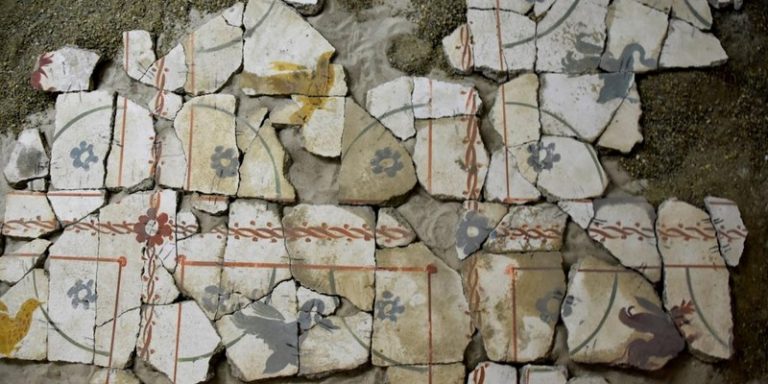
In order to facilitate the process of reconstruction and rehabilitation to give a second life to works of art from antiquity and the Middle Ages, the European Union is launching the RePAIR project for “Reconstructing the Past: Artificial Intelligence and Robotics”. The aim? To develop a robotic system using artificial intelligence that is capable of autonomously assembling fragments from objects from the past that are now broken into several pieces. This tool will be used in Pompeii in particular.
Restoring remains and frescoes from archaeological sites in no time
Pompeii, the ancient Italian city and town, is famous for being one of the first cities to be hit and buried by the eruption of Mount Vesuvius, a volcano located just 9 kilometers from the city. Since then, this city has been a human-sized archaeological site, with many historical remains and ancient works of art just waiting to be discovered, preserved, restored or rebuilt.
However, the physical reconstruction of broken works of art is one of the most laborious steps in archaeological research, not to mention the fact that these works of art are numerous. Marcello Pelillo, an AI expert at Ca’ Foscari University in Venice, states that:
“When there are hundreds of pieces, these frescoes can be reconstructed manually, but Pompeii has a collection of thousands and that needs technology.”
So the European Union decided to fund under the Horizon 2020 programme, the RePAIR project to harness technology to help archaeologists restore works of art.
Artificial intelligence and a mechanical arm to put all the pieces together with precision
Funded by the EU to the tune of €3.5 million, the aim is to use a robotic infrastructure in the form of an arm, combined with a high-definition scanner and three-dimensional digital recognition software managed by an AI. With this complete architecture, RePAIR recognizes, matches and assembles with precision all the complete fragments in record time and autonomously.
In order to be trained and to “get the hang of it”, the mechanical arm was used to assemble the painted ceiling frescoes of the Casa dei pittori al Lavaro, located in the city block of the House of the Chaste Lovers, and for the remains of the House of the Gladiators. The robot makes guesses and the archaeologists check their consistency. If it doesn’t fit, the specialists ask the robot to propose a new combination starting from the beginning. Marcello Pelillo states:
“It’s like a jigsaw puzzle, except that some pieces are missing, others don’t fit because they are damaged, and we don’t have the cover of the box to see what the final image should look like. […] If we are successful, we could export this technology since it is said that many museums around the world have a large number of frescoes in their storerooms just waiting to be assembled.”
Thanks to the RePAIR project, two world-renowned frescoes, which are made up of thousands of broken pieces and are currently in storage, are expected to be restored in the coming months.
Translated from Le projet RePAIR : aider les archéologues à restaurer les fresques du passé grâce à l’intelligence artificielle









